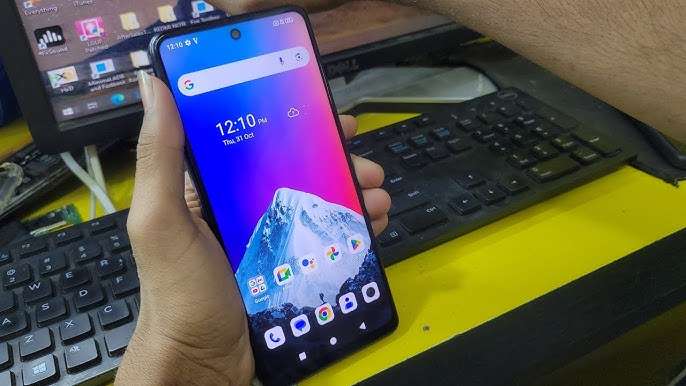
VGO TEL Note 23 RAM Management Issues
|
Getting your Trinity Audio player ready...
|
Many users of the VGO TEL Note 23 experience sluggish performance, slow app loading, and frequent reloading of apps in the background. These problems usually point to poor RAM management, where the phone struggles to handle multiple tasks smoothly. Even though the device offers decent memory on paper, real-world performance varies because of how the system allocates and handles RAM during daily use.
One of the main reasons behind RAM management issues has the heavy software skin used in budget smartphones. The VGO TEL Note 23 runs a customized interface that uses more background memory compared to stock Android. This leaves less free RAM for apps, making the phone slow when switching between tasks. Users often notice that apps restart when reopened, which happens because the system forcibly clears them from memory to free space.
Another cause has the number of background apps installed on the device. Many third-party applications run hidden processes even when not in use. Messaging apps, social media platforms, cleaners, themes, and battery savers often consume RAM continuously. Over time, these apps accumulate cached data and background services, which push the phone beyond its memory limits. This leads to slow animations, delayed touches, and overall poor responsiveness.
Low storage space can also affect RAM behavior. When internal storage becomes nearly full, the system struggles to create temporary files and virtual memory. This causes the phone to operate slower because it cannot allocate space for apps efficiently. Many users overlook this connection between storage and memory, but clearing extra files often improves RAM performance significantly.
Overheating is another factor that reduces RAM efficiency. When the phone becomes too warm—especially during gaming or extended mobile data use—the system automatically throttles performance to reduce heat. This throttling affects memory speed, making apps lag or freeze. The phone may also close background apps aggressively to control temperature, which creates the impression of poor multitasking.
Poorly optimized apps or outdated versions can further create memory pressure. Some applications consume more RAM than necessary due to bugs or inefficient coding. If the Note 23 has several such apps installed, the system becomes overloaded quickly. Updating apps or removing heavy ones often reduces memory load.
System cache buildup also affects RAM behavior. When the phone has not restarted for many days, small bugs accumulate in the temporary memory. This results in lag, stutters, or slow response. Restarting the device refreshes the system processes and clears temporary RAM usage, improving performance immediately.
Another issue arises when users enable too many visual effects in settings. Live wallpapers, animations, transitions, and custom launchers all require additional RAM. Although these features look attractive, they slow down devices with limited memory. Switching to simple themes and reduced animations makes multitasking smoother.
Apps designed for older versions of Android may also misbehave on newer patches, consuming more RAM than expected. Compatibility problems force the system to repeat loading processes, leading to reloading of apps in the background. Identifying and removing outdated apps helps stabilize performance.
In some cases, the phone may suffer from software bugs, especially after system updates. A faulty update can cause the system to mismanage resources, close apps randomly, or keep unnecessary services running. Resetting app preferences or performing a clean software reset often resolves update-related memory issues.
Finally, RAM management issues can appear on phones with long-term use. After several months, cached files, temporary logs, and leftover app data build up inside the system. Even uninstalling apps leaves fragments behind, which continue to occupy memory in the background. A full cleanup or factory data reset restores the phone to optimal performance.
The VGO TEL Note 23 can perform smoothly if memory usage has controlled properly. Clearing background processes, reducing unnecessary apps, freeing storage space, restarting the device regularly, and keeping the software updated can greatly improve performance. When even basic apps lag, a system reset or professional diagnosis may required. Understanding how RAM works helps you maintain stable performance and ensures your phone remains fast for everyday tasks.


